
All About Calories
The calorie is a unit of measurement, not in length or weight, but in energy. Our body we use calories to calculate the amount of energy we get from the foods we eat as well as measuring the amount of energy we expend daily.
Example: if someone says they ate or burned 2,000 calories, that is just the amount they consumed or expended that day.
Understanding the energy balance created from the foods or drinks we consume in addition to the activities that we participate in controls whether our weight goes up, down or just stays the same.
I want to explain the 3 terms most often used when talking about calories and what they mean when achieving results!
1. Calorie Deficit
Simply put, you are burning more calories than you are consuming on a daily basis. For example, let’s say you are burning 2,000 calories a day but only eating 1,500 calories a day. That is a 500-calorie deficit and will influence weight loss because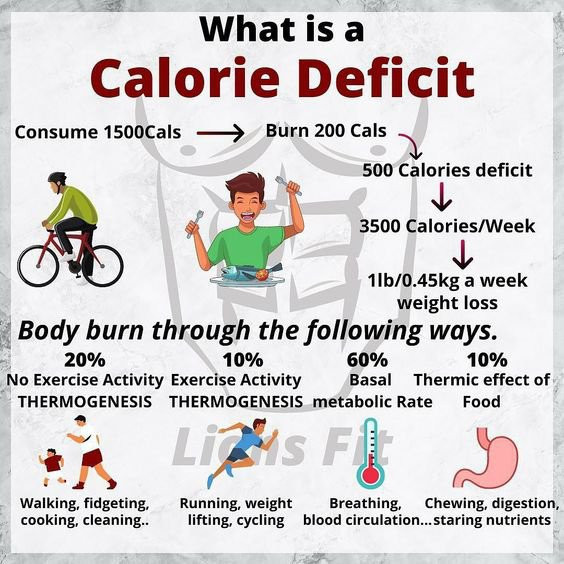 that additionally 500 calorie gap of energy that your body will need comes from stored body fat, primarily if protein intake is adequate.
that additionally 500 calorie gap of energy that your body will need comes from stored body fat, primarily if protein intake is adequate.
I want to reiterate that last sentence again to prioritize that fat loss and not just weight loss, when eating at a calorie deficit protein intake must be adequate! If it is not and we are just eating at a calorie deficit with no regards to protein intake or resistance training we might lose weight but we don’t be prioritizing fat loss specifically which can keep you from achieving the learner or toned look that the majority of us are after.
I’m sure you are wondering what the adequate amount of protein is; we will get to that in another post here.
2. Maintenance
The next energy balance term you might hear is eating a maintenance number of calories. What this means is that you are burning and consuming the same amount of calories per day. For example, if you are burning 2,000 calories but also consuming 2,000 calories, this will keep your weight the same. Your weight will not really going up or down outside of the typical water weight or inflammation fluctuation. I want to say it again, protein intake is still crucial in order to maintain an ideal body composition due to its role in the maintenance and recovery of lean muscle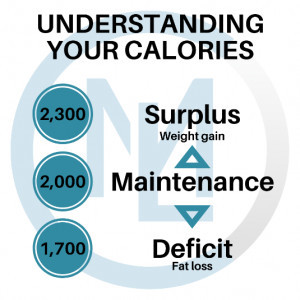 tissue.
tissue.
After you achieve your goal of body fat loss, this is where you will spend most of your time. This is where most people can build more lean muscle tissue and really see a change in body composition.
3. Calorie Surplus
Lastly, a calorie surplus means you will consume more calories than you are burning on a daily basis. An example is burning 2,000 calories but consuming 2,500 calories. This will influence weight gain because the additional 500 calories your body didn’t burn off has to go somewhere. Here we go again; protein is just as crucial here because if you are eating at a calorie surplus and not prioritizing protein and resistance training, this will lead to more fat gain than strictly lean muscle gain.
Understanding how our body burn’s calories
Although smart watches are a great motivator to get your body moving, they aren’t necessarily accurate so it is important to know how our body burn’s calories.
First of all, we have our resting metabolic rate (RMR) which is the amount of calories our body needs to survive while at rest. For the average person this is about 10 calories per pound of body weight. Let’s keep it simple; if you weigh 200 lbs then your resting metabolic rate would be 2,000 calories. Most people think the primary way we burn calories is through exercise, but this isn’t true. The majority of the calories we burn daily come from our RMR.
Secondly, we have our thermic effect of food or TEF. This is the amount of calories your body burns digesting your food, which comes to about 10% of our total caloric burn.
Lastly, we know the most common way people burn calories is through exercise and activity. When I say exercise and activity there are actually two subsections of exercise and activity. One being intentional exercise, simply meaning your workouts such as weight training, hopping on the treadmill or whatever you might be doing.
activity there are actually two subsections of exercise and activity. One being intentional exercise, simply meaning your workouts such as weight training, hopping on the treadmill or whatever you might be doing.
The other being non exercise activity thermogenesis (NEAT). This is the unintentional movement we do every day that burn calories. Anything from walking to the mailbox to tapping your feet at the desk or washing the dishes all fall under this category. This is the most variable way we burn calories and will change from person to person and day to day. Even two people of equal height and weight doing the same exercise for the same amount of time will have variances in how many calories they burn in that time.
This is all important to understand because there are a lot of people who will try to track the amount of calories they burn through their smart watches and then adjust their nutrition accordingly. This is not really a great way to achieve your goals because all of these trackers have shown be highly inaccurate in measuring how many calories we burn daily. It is much easier to set a baseline of calories, hit those consistently, see what happens and then adjust them from there.
How to calculate calories for your goals
This is different depending on what your goals are.
1. Fat loss: This is the most common goal and we generally want to set calories around 10 – 12 calories per pounds of current body weight if you have less than 60 pounds to lose. For example, let’s say that you are 200 lbs and want to weigh 160 lbs. Your starting calories would be 2,000 – 2,400 calories.
2. Maintenance goal: not wanting to lose or gain weight we would normally set your calories to 14-16 calories per pound of current body weight. For example, that same 200 lb persons would be eating anywhere from 2,800-3,200 calories.
3. Gaining lean muscle: this does mean you will gain weight. A lot of people want to gain lean muscle and lose body fat. This is great but these are two separate goals. If you choose to gain lean muscle this will not put you in a position to lose body fat because it will be putting you in a calorie surplus. If you are choosing this option make sure you are already at your ideal body composition and are OK with the fact that the scale will go up! For this goal we start off with 18 – 22ish calories per pound of current body weight. For example, that same 200 lbs person would be consuming around 3,600 – 4,400 calories. However, to gain lean muscle goal this will more than likely be the most variable due to the individual’s metabolism, gut health and activity level.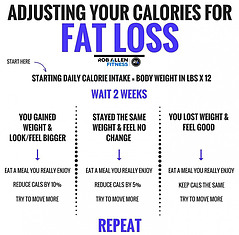
I know we went over a lot of numbers here and it is important to remember these are just starting numbers. If you would like help to figure out where you should start, please reach out to me and I will be happy to give you more detailed info for your specific body type and goals!
There are a lot of apps out now that make it very easy to keep track of you daily calories. The one I use is called 1st Phrom; you can check it out here. It is super easy to scan your food or custom add an item and if you use my link you will be connected to me and I can help keep you accountable! (and no I don’t make money off the app, I just want to help you out.) In the beginning I said I’m not a calorie counter; I am macro counter and there will be more to come on this topic, but as a whole yes calories matter!
Is a calorie a calorie?
Maybe you are thinking that is a dumb question but as it turns out, some calories count more than others. If there are 100 calories in two tablespoons of chocolate chips, and the very same 100 calories in 2.5 cups of broccoli, obviously the broccoli is more food to fill and fuel your body than the chocolate chips. That is why I was never a calorie counter because I thought it was silly to have X amount of calories if it didn’t provide you any nutrition. The more real whole foods you eat, then more real whole foods you can eat. Again that’s something that might sound silly but if you are trying to stay under X amount of calories then the junk food, fast food, candy and sweets will use up your calories half-way through the day. But chances are if you eat real whole foods with every meal then at the end of the day you probably will have calories left and you can still l have a small treat!
Research shows that it matters where a calorie comes from. It’s source influences the intake of the next calorie. Changes in macro nutrient intake (the ratio of carbohydrates, fat and protein in a diet) may significantly effect a person’s total energy intake and outcome of physical goals. Again, I will cover this in more detail to follow.
How to cut calories?
If you are trying to cut calories then start eliminating the extras, not real food. Here are a few examples of food that might increase your daily caloric intake :
- Olive and other oils. Olive oil can help reduce bad cholesterol and improve your immune system, but pouring it over every
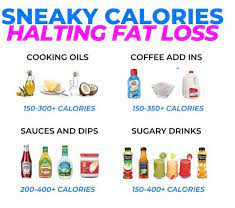 salad and adding it to every dish is a bad idea, as each tablespoon contains 119 calories
salad and adding it to every dish is a bad idea, as each tablespoon contains 119 calories - Fruit juices, energy drinks, and pop
- Coffee fixings; sugar, creamer
- Salad mix-Ins; dressing, cheese, nuts, seeds
- Spreads, jelly, spoonfuls of Peanut Butter or other nut butters
- Alcohol
- Dried food
Calorie Conclusion
We definitely covered a lot here! Let’s review: if you are trying to lose weight a caloric deficit is needed. If you are trying to gain muscle a calorie surplus is the way to go. Both require the right amount of protein intake and physical activity! If you would like me to give you a specific starting guideline of calories for your goals please reach out, I would be glad to help!
As always if you have any questions or comments feel free to leave them!
Aloha
Kat
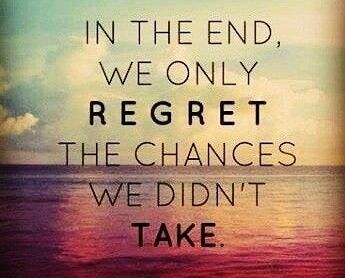




2 responses to “All About Calories”
Love how informative yet personable your articles are! I am learning so much; now it’s time to put it to good use!
I am so glad you are enjoying them! Get it girl!